
Market Value vs Book Value
It is determined by how much people are willing to pay for its stock
The market value (MV) of a company is determined by how much people are willing to pay for its stock. The book value (BV) is comparable to a company's net asset value, which fluctuates much less than stock prices.

Determining a company's BV is more complicated than determining its market value, but it can also be far more rewarding. Many famous investors, including billionaire Warren Buffett, made their fortunes in part by purchasing stocks at market valuations that were lower than their BVs.
Learning how to use the BV formula provides investors with a more stable path to financial success.
Differences between Market Value (MV) and Book Value (BV)
The BV of an asset is the value reported on the firm's balance sheet. MV is the firm's or assets' current valuation (the ongoing price of the share) in the market where it can be bought or sold.
BV represents the actual value of the company's assets, whereas MV represents the firm's or assets' market value.
BV is the value of a company's equity, whereas MV is the current MV of any company or asset.
When a company reports its earnings every quarter, an investor can calculate the BV of an asset, whereas MV changes at any time.
What is Book Value?
The BV of a stock is the amount of money paid to shareholders if the company was liquidated and all of its liabilities were paid off. As a result, a company's BV equals the difference between its total assets and total liabilities.
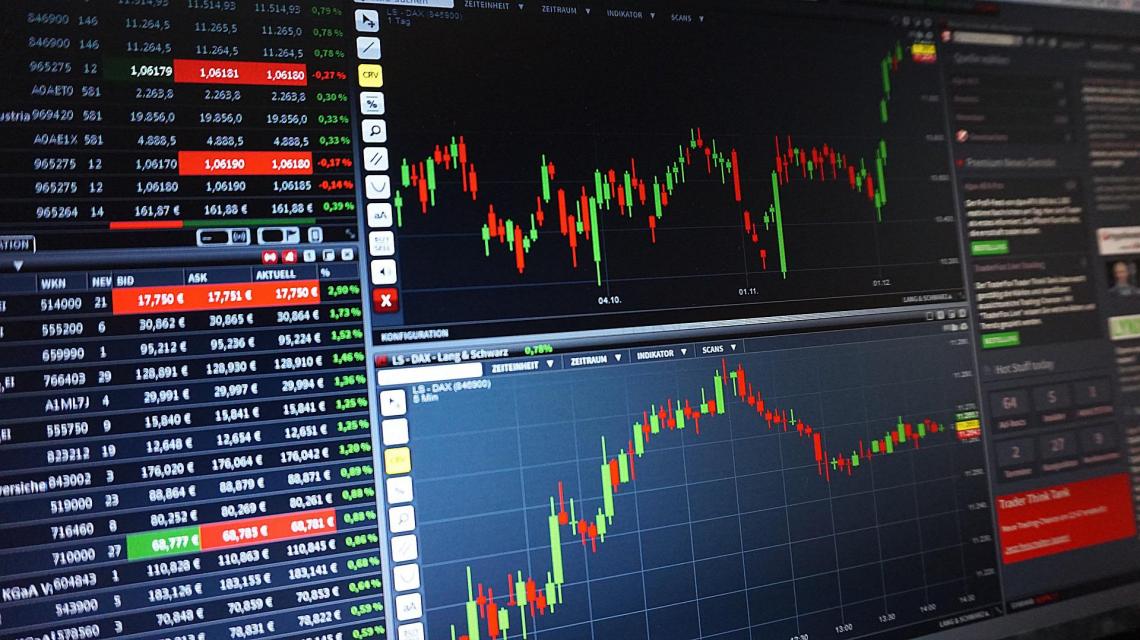
To calculate the BV of a Company, we need to use this formula:
Total Liabilities - Total Assets
Assuming XYZ Company has $100 million in assets and $80 million in liabilities, the company's BV is then $20 million.
If the company sold its assets and paid off its liabilities, its net worth would be $20 million. Total assets include financial assets, such as cash, short-term investments, and accounts receivable. Total assets also include physical assets such as inventory, property, plant, and equipment.

Total liabilities are the sum of an individual's or company's debts and obligations to third parties.
Everything the company owns is classified as an asset, while everything the company owes for future obligations is classified as a liability. Debt obligations account payable, and deferred taxes are also examples of total liabilities.
When you know where to look, determining a company's BV becomes much more accessible. On a quarterly and annual basis, companies report their total assets and total liabilities on their balance sheets. It is also available on the balance sheet as shareholders' equity.
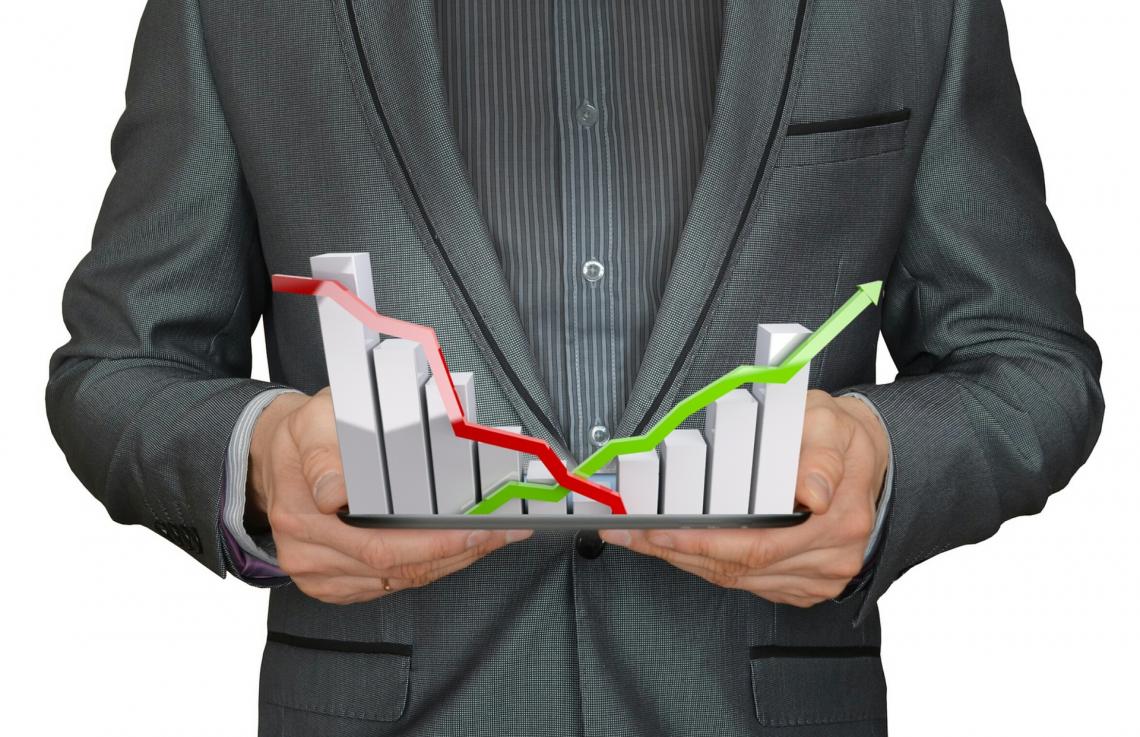
Limitations of the Book Value
One of the most significant issues with BV is that companies report it quarterly or annually. An investor would only know how it has changed over the months after the reporting.
Because book valuation is an accounting concept, it is subject to revision.
Some of these adjustments, such as depreciation, may be difficult to comprehend and evaluate
Investors may require several years of financial statements if the company depreciates its assets.
Depreciation-related rules and accounting practices can also cause problems. For example, a company may be required to report an excessively high value for some of its equipment. That is possible if it always uses straight-line depreciation as a policy.
The full impact of claims on assets and the costs of selling them is not always reflected in BV.
If the company faces bankruptcy and has liens on its assets, the book valuation may be too high. Furthermore, assets will not be worth their total value if creditors sell them at fire-sale prices in a down market.
The growing importance of intangibles and the difficulty in assigning values to them raises concerns about BV.
What is Market Value (MV)?
It is the price an asset would fetch on the market or the value assigned by the investment community to specific equity or business.
It is also commonly used to refer to the market capitalization of a publicly-traded company, which is calculated by multiplying the number of outstanding shares by the current share price.
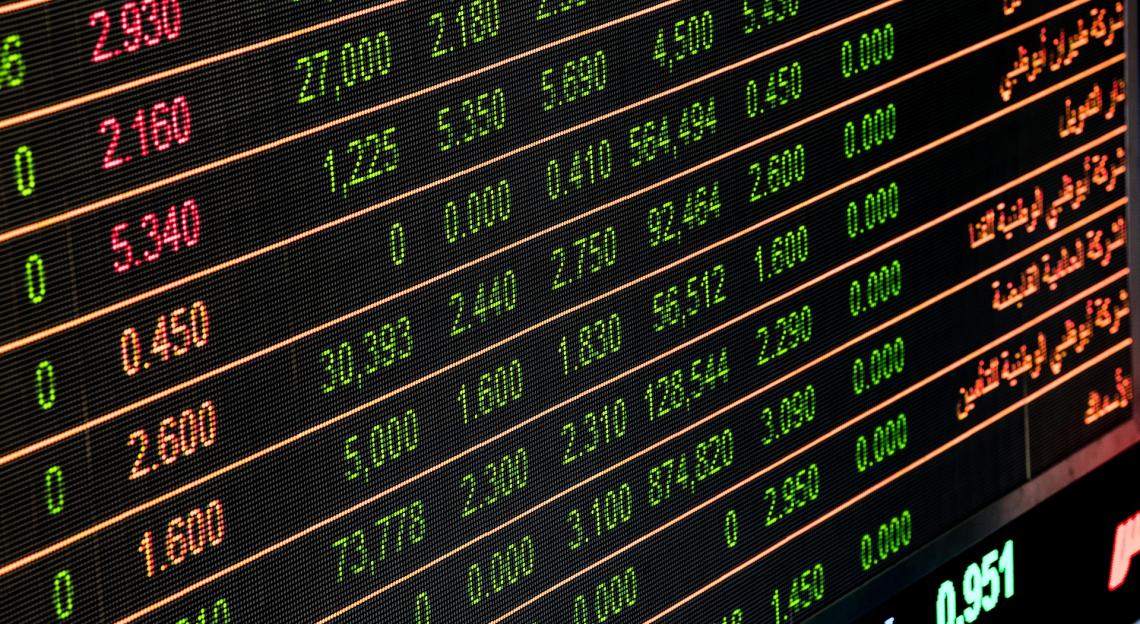
Market capitalization equals the MV in the context of companies. It is a monetary value determined by the current market price of the company's shares.
The market value of a company is its value in the financial markets. Market capitalization is another term for MV.
Exchange-traded securities, such as stocks and futures, have the easiest MV to assess because their market prices are widely disseminated and easily accessible. In contrast, over-the-counter instruments, such as fixed-income securities, are more difficult to determine.
For example, as of March 8, 2022, Bank of America had over 8.07 billion shares outstanding, with the stock trading at $38.65, resulting in a market capitalization of $312 billion (8.07 billion * 38.65). As a result, Bank of America's market value was $359 billion as of December 31, 2021.
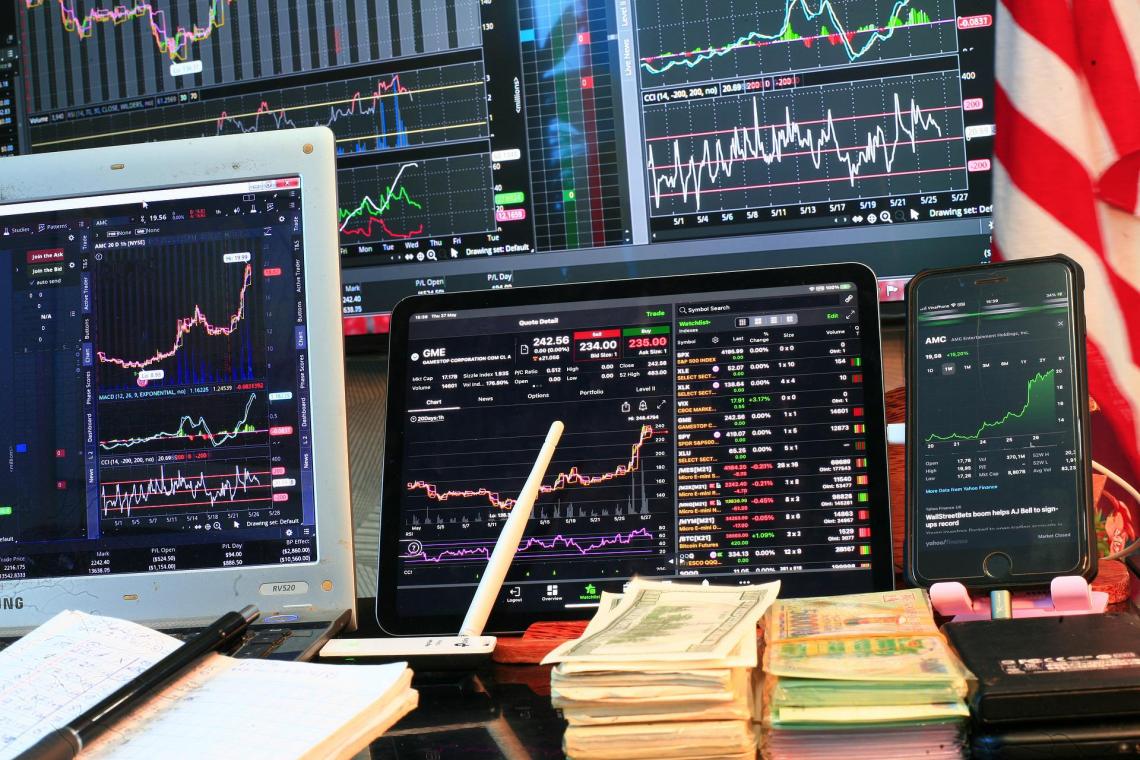
Limitations of the Market Value
While market capitalization represents the market's perception of a company's valuation, it does not always represent the accurate picture.
Even large-cap stocks can move 3 to 5 percent up or down in a single trading session. According to technical analysis, stocks frequently become overbought or oversold in the short term.
Long-term investors must also be wary of the manias and panics that affect MVs.
Depending solely on MV may not be the best way to evaluate a stock's potential
When Book Value (BV) is more than Market Value (MV)
It is unusual for a company's market value to be lower than its BV. When this happens, it usually means that the market has temporarily lost faith in the company. It could be due to business problems, the loss of critical lawsuits, or other unforeseeable events.
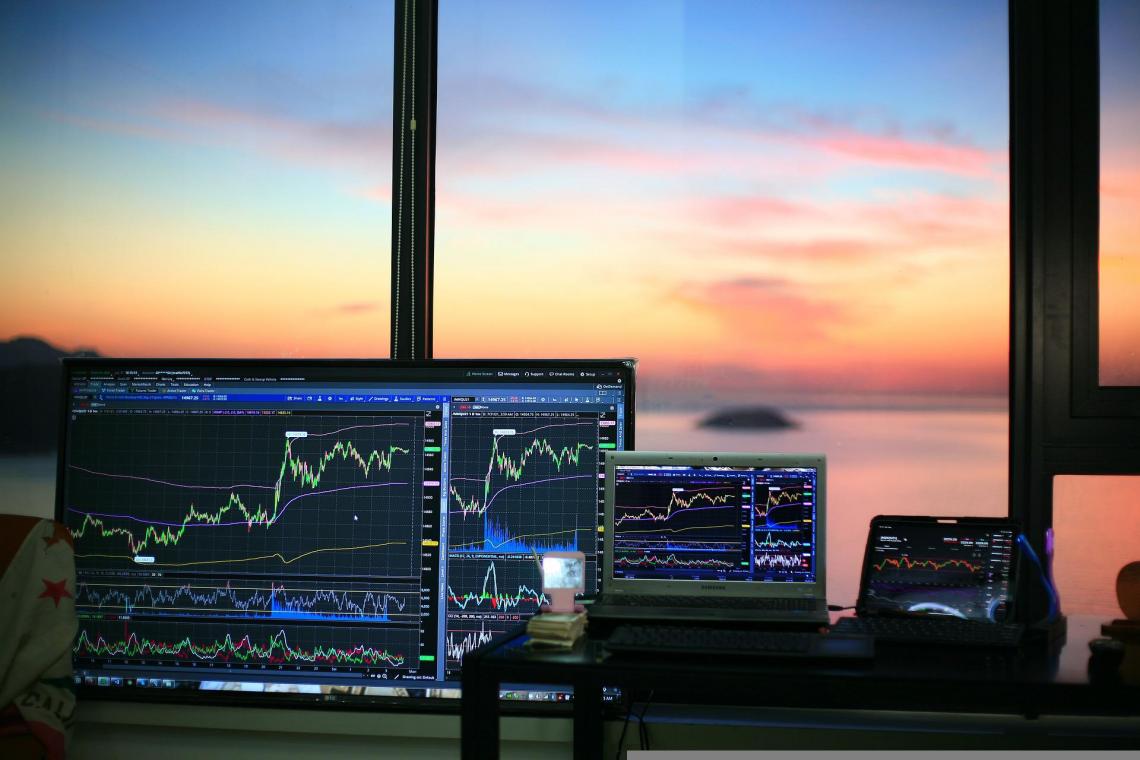
In other words, the market does not believe the company is worth the amount recorded on its books. Mismanagement or economic conditions may impact the firm's future profits and cash flows.
Value investors actively seek out companies with MVs that are less than their book valuations. They interpret it as a sign of undervaluation and hope that market perceptions are incorrect.
In this case, the market allows investors to purchase a company for less than its stated net worth. However, there is no guarantee that the price will rise in the future.
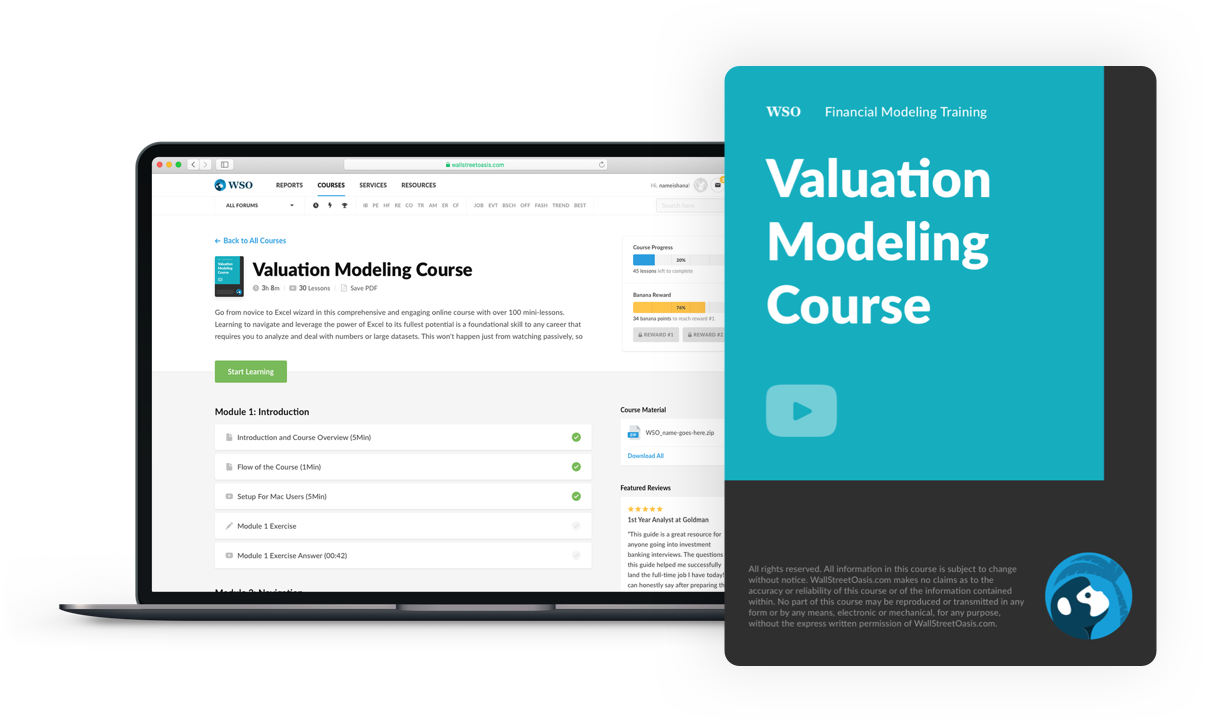
Everything You Need To Master Valuation Modeling
To Help You Thrive in the Most Prestigious Jobs on Wall Street.
When Market Value (MV) is more than Book Value (BV)
A company's MV will usually exceed its BV. Most companies are valued higher in the stock market because their earnings outweigh their assets. It indicates that investors believe the company has excellent future growth, expansion, and profit prospects.

They may also believe the company is worth more than the current book valuation calculation indicates.
Profitable businesses typically have MVs that exceed BVs. As demonstrated by the examples of Microsoft and Walmart above, the majority of the companies in the top indexes meet this standard.
Such companies may appeal to growth investors. It may, however, indicate overpriced or overbought stocks trading at high prices.
Role of Price/Book Ratio To Compare Market Value (MV) and Book Value (BV)
The price-to-book (P/B) ratio is a standard method for comparing market and BV. It is calculated by dividing the share price by the BV per share. When a company's book and market valuations are equal, it has a P/B of one.

The market price falls the next day, and the P/B ratio falls below one. That means the market valuation is less than the book valuation, and the stock may be undervalued in the market. The market price rises the next day, resulting in a P/B ratio greater than one.
This indicates that the market valuation has surpassed the book valuation, indicating potential overvaluation. The P/B ratio, however, is only one of several ways investors use BV.
Example of Price to Book Value
Let us calculate Reliance Industries Ltd's based India price to book value (PB) ratio. The current share price is Rs. 1,959 and Rs 13,21,212 in total assets (crores) with Liabilities totaled Rs 6,21,040 (crores) and 634 outstanding shares (crores)
Step 1: Determine the BV per share.
Total Assets – Liabilities / Number of Outstanding Shares = BV per Share Formula
(Rs 13,21,212 – Rs 6,21,040)/ 634
= 1,104 Rs
Step 2: Set a price. BV is calculated by dividing the current market price of a stock by its BV per share.
Price-to-Book Ratio = current market price divided by BV per share
1.77 = Rs 1,959 / Rs 1,104
This translates to investors paying 1.77 rupees for each rupee of Reliance Industries assets. So, is this a healthy PB ratio?

What is the best price to book value ratio?
For decades, value investors have preferred the price-to-book (P/B) ratio, which is widely used by market analysts.
Historically, any value less than 1.0 is regarded as an excellent P/B value, indicating a potentially undervalued stock. However, value investors frequently consider stocks with a P/B ratio of less than 3.0.
Ratio analysis varies by industry, and a good P/B ratio in one industry may be a poor ratio in another.
However, the ideal price-to-book value ratio is less than or equal to one. This indicates that the company is undervalued. However, a price-to-book value ratio of up to three is acceptable.
Companies with a high price-to-book value ratio are overvalued and do not meet the value investing criteria.
Price to book value can be negative as well. A negative PB ratio is caused by consistently negative cash flow. Another reason is when a total loss wipes out the shareholders' equity capital.
However, industry and peer comparison are more effective approaches to determining the ideal price to BV.
Investors Interest
To value an asset class, investors frequently use the MVs and BV of equity. Comparing both for a company reveals whether it is undervalued or overvalued. If the stock's MV is less than its BV, it is trading at a discount, and vice versa.
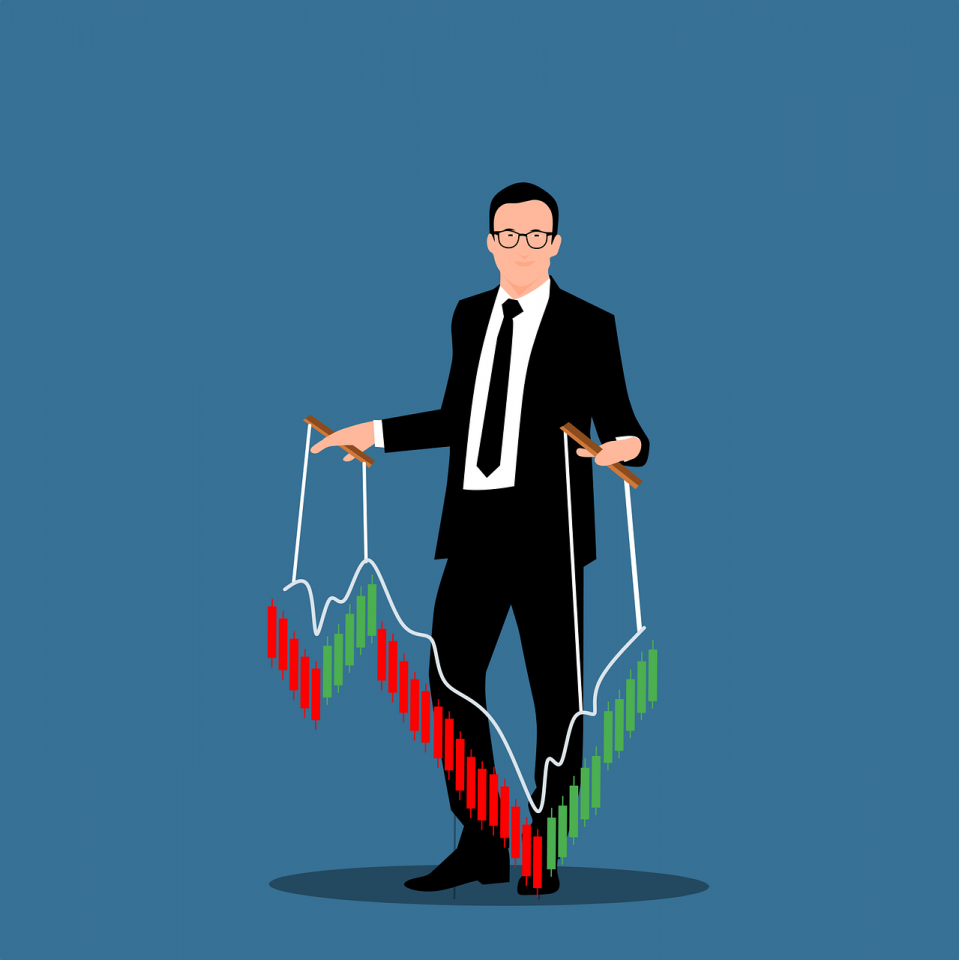
BV is an asset's accounting value and does not always reflect the actual market value at which it can be bought or sold. Market value provides a more accurate current value because it reflects an asset's demand and supply.
Several multiple valuation techniques, such as (PE ratio, PB ratio, and EV to EBITDA Ratio), include MV or BV as a variable.
The price-to-earnings ratio (P/E ratio) is a valuation ratio that compares a company's current share price to its earnings per share (EPS).
In an apples-to-apples comparison, investors and analysts use P/E ratios to determine the relative value of a company's shares. It can also be used to compare a company to its track record and compare aggregate markets to one another or over time.

The EBITDA-to-sales ratio, also known as the EBITDA margin, is a financial metric that compares a company's gross revenue to its earnings.
Because EBITDA is derived in part from revenue, this metric represents the percentage of a company's earnings that remain after operating expenses. A higher value indicates that the company can generate profits more efficiently by keeping costs low.

Everything You Need To Master Financial Statement Modeling
To Help You Thrive in the Most Prestigious Jobs on Wall Street.
Researched and authored by Javed Saifi | Linkedin
Free Resources
To continue learning and advancing your career, check out these additional helpful WSO resources:


or Want to Sign up with your social account?